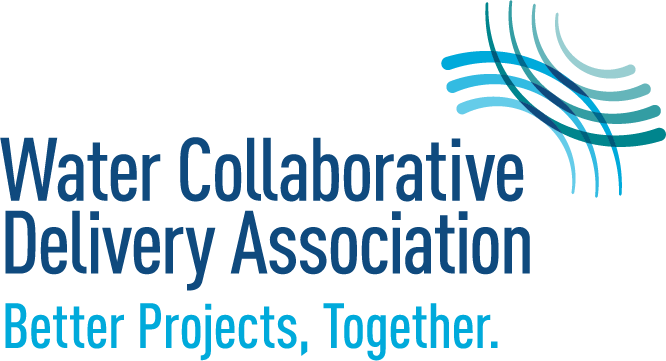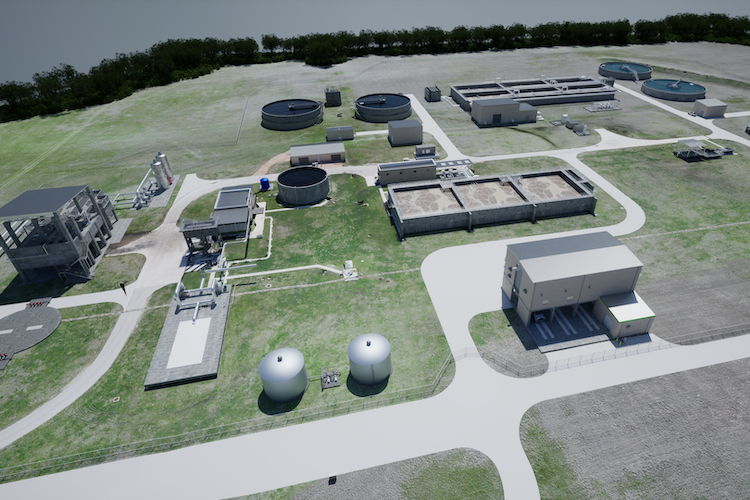Perhaps you’ve identified priority improvements or are being directed to address issues with your water/wastewater infrastructure, but you’re uncertain about the best approach to project delivery. The good news is there’s no need to tackle this challenge alone. You can work with others to answer the following questions and determine the best approach to meet your needs.
1) Do you have sufficient in-house resources and expertise for the major elements of the project? (If you don’t have it in-house, consider support from the listed resources.)
- Project framework and oversight – program manager or owner advisor
- Design and permitting – engineer/architect
- Contracting – legal counsel
- Repair, replacement, installation – general contractor with appropriate subs
*Qualifications-based selection (QBS) and best-value selection (combination of cost and proposal) promote awarding to a responsive bidder with the best approach.
2) Do state/local statutes or funding sources limit delivery options? While advocates are working to get legislation in place to allow access to all delivery options, some of the current legislation is prohibitive.
- Caps on self-performance of work
- Minimum population thresholds and/or caps on the allowed number of projects
- Permissibility for the type of project
*Check out the WCDA and DBIA websites for guidance on the current regulations and available resources for collaborative delivery methods.
3) Are there critical or prioritized criteria to consider?
- Early cost certainty/transparency
- Level of control maintained
- Ability to share risk effectively
- Complexity and opportunity for innovative solutions
- Expedited schedule
- Lead times for equipment and services
*The weighted priority for these items can help align the project with delivery methods.
4) How do you address unknowns related to the current market/supply chain conditions?
- Conduct market soundings/outreach to determine what will make the project more appealing to interested parties.
- Preconstruction services help answer questions and lower the construction contingency.
- Risk registers promote development of consensus contingency values to carry into a project, based on assessment of the likelihood of the risk and magnitude of its impact.
Working with project stakeholders early on to answer these questions for your specific project will help establish suitable delivery methods. Additionally, putting in the upfront effort to select the delivery method can increase the support and general interest in the project.
If you lock into using collaborative delivery for your project, keep the lines of communication open. Don’t be afraid to reach out to other people—including owners that have used collaborative delivery—to get feedback on what works well and what could be improved. In that spirit, the following are some differentiators for the various delivery methods and overarching items.
| Delivery Method | Description | Comments |
|---|---|---|
| Competitive Sealed Proposal (CSP) | Helps implement best-value selection. | Larger contractors favor chasing work that includes qualifications. No early work. |
| Construction Management at-Risk (CMAR) | Early contractor engagement; separate contracts for the design and construction. | RTFC – Read the full contract. Determine if you’re looking for a broker. |
| Fixed-Price Design-Build | Guaranteed maximum price (GMP) submitted as part of the proposal; DB team takes on more risk. | Transparency is important on both sides to help coordinate the scope to be priced. |
| Progressive Design-Build | Single point accountability with provisions to coordinate prior to issuing the GMP. | Opportunity to use performance guarantees to transfer risk. Make sure there is a way to demonstrate the proposed test. |
| General Collaborative Delivery Feedback | ||
| Confirm adequate in-house resources are available to support the project. | ||
| When establishing a budget, account for the added scope of work associated with preconstruction activities. | ||

